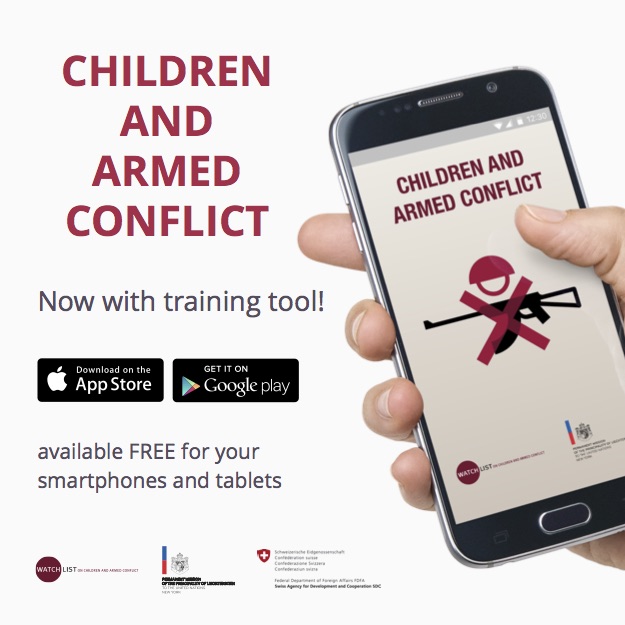(NPR) – In a hot, dusty courtyard in Goma, a city in the Democratic Republic of the Congo, about 50 teenage boys begin their daily practice of capoeira, a dance-like martial art. As they wave their arms and shuffle their feet, they giggle and whisper to each other in Swahili. When the teacher, whom the kids call Ninja, yells out a command in Portuguese, the language of capoeira, they dutifully follow. Capoeira is best known in Brazil, where slaves from Africa brought it centuries ago. Now the art is making its way back to the continent. It’s being taught to former child soldiers as a way to re-integrate them into society. It’s believed the word “capoeira” comes from “kipura,” a word that means “sweeping ground movements” in Kikongo, a Congolese language – very similar to what the boys are doing today.



